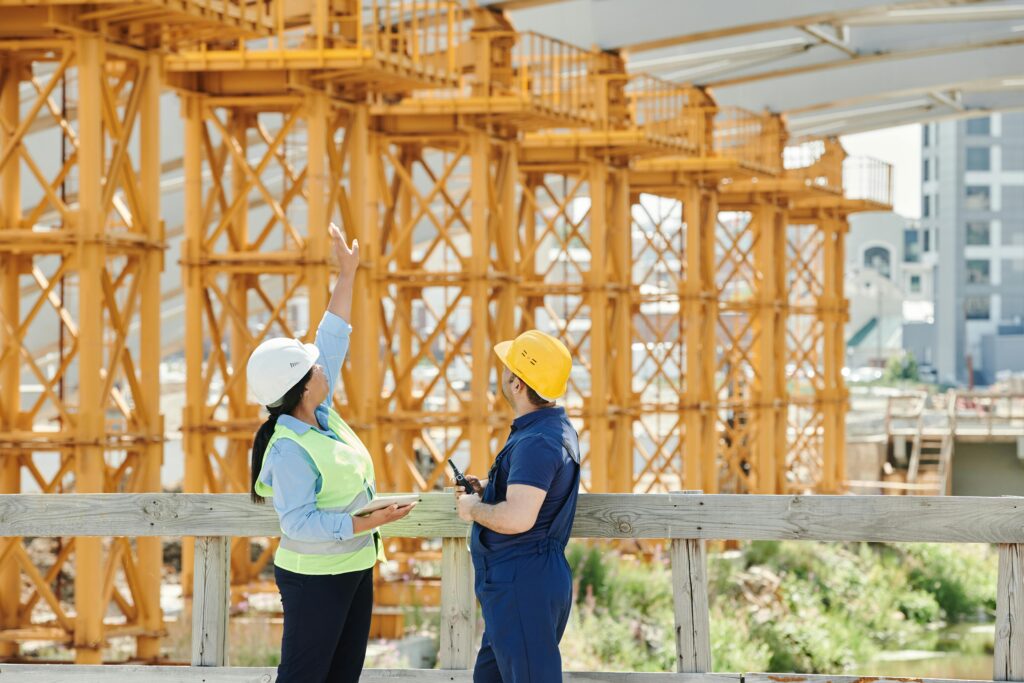New OSHA regulations will mandate that construction employers provide personal protective equipment (PPE) that properly fits workers based on their unique body types beginning in January 2025.
PPE for Construction Workers
Personal protective equipment (PPE) is clothing or equipment that protects the wearer from injury or illness caused by exposure to hazards.
Properly fitting PPE is essential for employees in the construction industry; however, in the past, regulations didn’t exist to require PPE that actually fit well. OSHA’s new rule will expand PPE requirements.
What Employers Will Need to Consider
PPE Fit Assessments
Employers must properly assess the fit of all their workers’ PPE. If PPE fails to fit properly—being too loose or tight—it reduces effectiveness and could lead to injury. Employers will need to look at all their PPE elements, from helmets, gloves, harnesses, vests, boots, respiratory protection, and more.
Addressing Gender-Specific Options
A variety of PPE options should be considered for male and female workers. This ensures there are good-sized options for all body types. For example, women typically wear smaller sizes, and gloves, boots, and safety harnesses should accommodate that.
Inspect Proper PPE Fit
Additionally, employers will need to regularly inspect their workers’ PPE to ensure it’s in good condition. It’s important to replace and get rid of old PPE, as it will no longer properly protect employees.
Train on Proper PPE Use and Fit
It’s also important to provide training on properly wearing, adjusting, and maintaining PPE. This includes educating workers on the importance of proper fit for optimal safety and performance and how to adjust equipment to suit their individual needs.
Document All Compliance Efforts
All employers should maintain detailed records of their PPE compliance efforts. This includes documentation of PPE assessments, inspections, training sessions, and any instances where PPE was replaced or adjusted for fit. This will ensure they’re prepared for any OSHA inspections.
Inclusivity and Accessibility
All PPE accommodations should be inclusive, with options for all workers and their unique needs.
The Significant Impact on Women in Construction
The OSHA PPE update has a particular impact on women working in construction, which has historically been a male-dominated industry.
Traditional PPE is designed for male workers and is too large, bulky, or poorly adjusted for women’s smaller body frames or body types. This can result in discomfort, difficulty performing tasks, and sometimes decreased protection due to improper fit. Therefore, this new rule represents a significant shift toward greater gender inclusivity in safety practices, as women in construction have long voiced concerns about standardized PPE.


